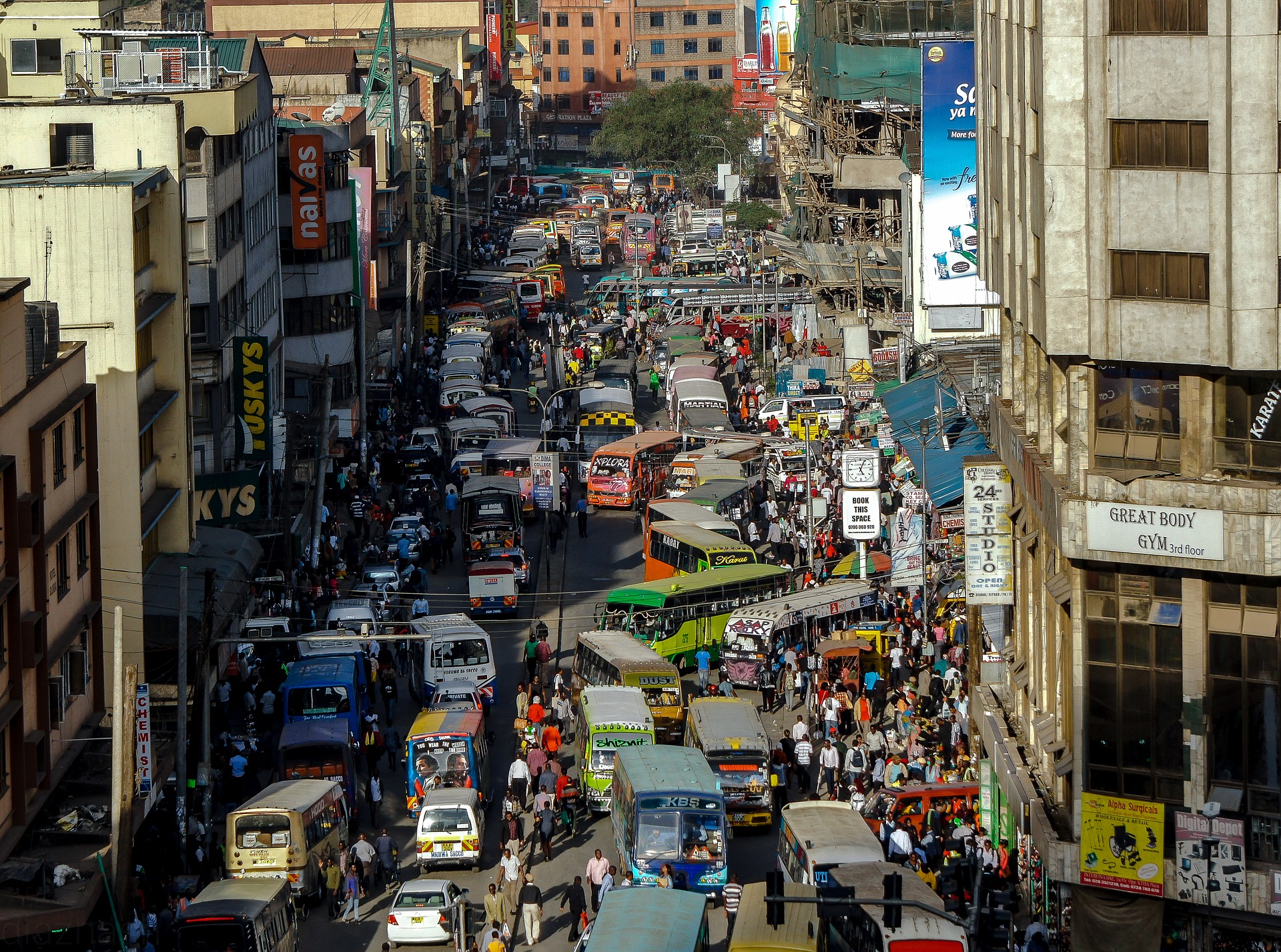Air pollution rises ‘significantly’ in major African cities
A new study in three major African cities has found air pollution has increased ‘significantly’ over the past 45 years.
Unlike Europe, Africa is not well-equipped with air quality monitoring infrastructure, so scientists used visibility data for capital cities in Ethiopia, Kenya and Uganda as a substitute measurement.
They discovered a significant reduction in visibility since the 1970s, where Nairobi shows the greatest loss (60%), compared to Kampala (56%) and Addis Ababa (34%) – due to increased particulate matter (PM) emissions from vehicles and energy generation.
Correspondingly, PM pollution levels in the three cities are estimated to have increased by 182%, 162% and 62% respectively since the 1970s to the current period.
University of Birmingham experts published their findings in Environmental Research Letters. They are now calling for a systematic approach to understand the causes and effects of air pollution in urban East Africa — allowing improvements in air quality to co-exist with sustainable future economic development.
The researchers compared changes in pollution to population growth and GDP statistics – finding increased PM levels linked to increases in national GDP and populations in all three study cities.
They also discovered distinct variations in seasonal visibility, which are largely explained by changing PM sources and sinks in rainy and dry seasons. Visibility was lowest during the dry months and highest in wet months. At all study sites, visibility was higher on Sundays – due to reduced traffic and industrial emissions.
Report co-author Dr. Ajit Singh said: ‘Evidence indicates that ambient air quality in urban African locations is often poor, because of high rates of urbanisation and population growth leading to large-scale construction, increased energy use, vehicle emissions and industrialisation.
‘PM air pollution is a major concern in East Africa because of its impact on human health. There are few air quality monitoring networks, resulting in little long-term air quality data, but visibility measured at major cities can be used as a proxy for PM pollution.
‘We’re tremendously proud of our work in East Africa and the analysis techniques we developed to study Nairobi, Kampala and Addis Ababa are translatable to other parts of the world where air quality data is limited.’
Photo Credit – Pixabay













